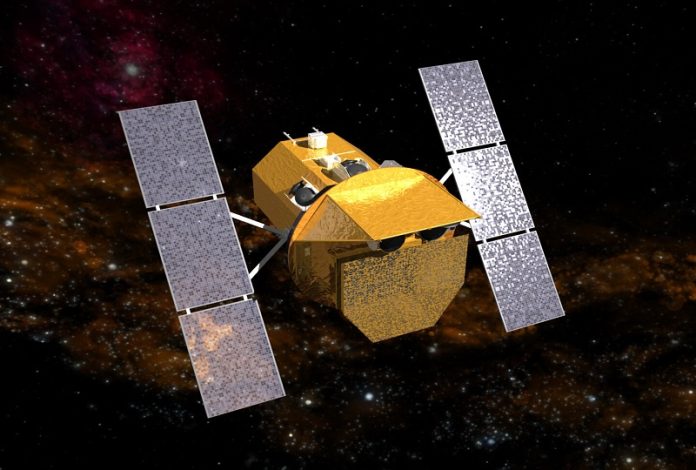
A rare and extremely bright nova explosion has been observed in the Small Magellanic Cloud, a small galaxy close to our own Milky Way.
This remarkable event was detected by the Neil Gehrels Swift Observatory and other telescopes, as described by an international team of astronomers led by researchers from Penn State University.
The scientists believe this is one of the most luminous nova eruptions ever seen in a type of binary star system involving a white dwarf.
The findings were published in the Monthly Notices of the Royal Astronomical Society.
“This is only the second time we’ve observed such a bright outburst from this kind of white dwarf system,” said Thomas Gaudin, a graduate student at Penn State and lead author of the study.
“We hope this event will help us learn more about how these outbursts happen and why they are so rare.”
The system responsible for this outburst is called CXOU J005245.0–722844. It was first identified by members of the Einstein Probe team and later confirmed by the Swift team.
It is the seventh-known example of a Be/White Dwarf X-ray binary, a system where a white dwarf orbits a young, hot star surrounded by a disk of stellar material.
Even though astronomers expect these systems to be more common, very few have been observed.
A nova occurs when a white dwarf star, which is a very dense star that has burned out most of its fuel, pulls in material from a nearby star.
As this material builds up on the surface of the white dwarf, it eventually triggers a thermonuclear explosion, similar to a massive hydrogen bomb.
This explosion produces a sudden burst of light and energy, making the nova visible to telescopes.
Most novae last for several weeks, but this nova was unique not only because of its intense brightness but also because it was much shorter in duration. It was visible in optical light for less than a week and in X-rays for just under two weeks.
Gaudin explained that while most novae are moderately bright, this one stood out for its extreme brightness and quick decay. The discovery could help scientists understand why these types of novae are so rare.
“This event gives us a chance to better understand these systems and why we haven’t found more of them,” Gaudin said. “We’ll need follow-up observations to uncover more details, but this is an exciting first step.”
This discovery sheds new light on the mysterious and explosive nature of white dwarf binary star systems and opens the door for future research.



